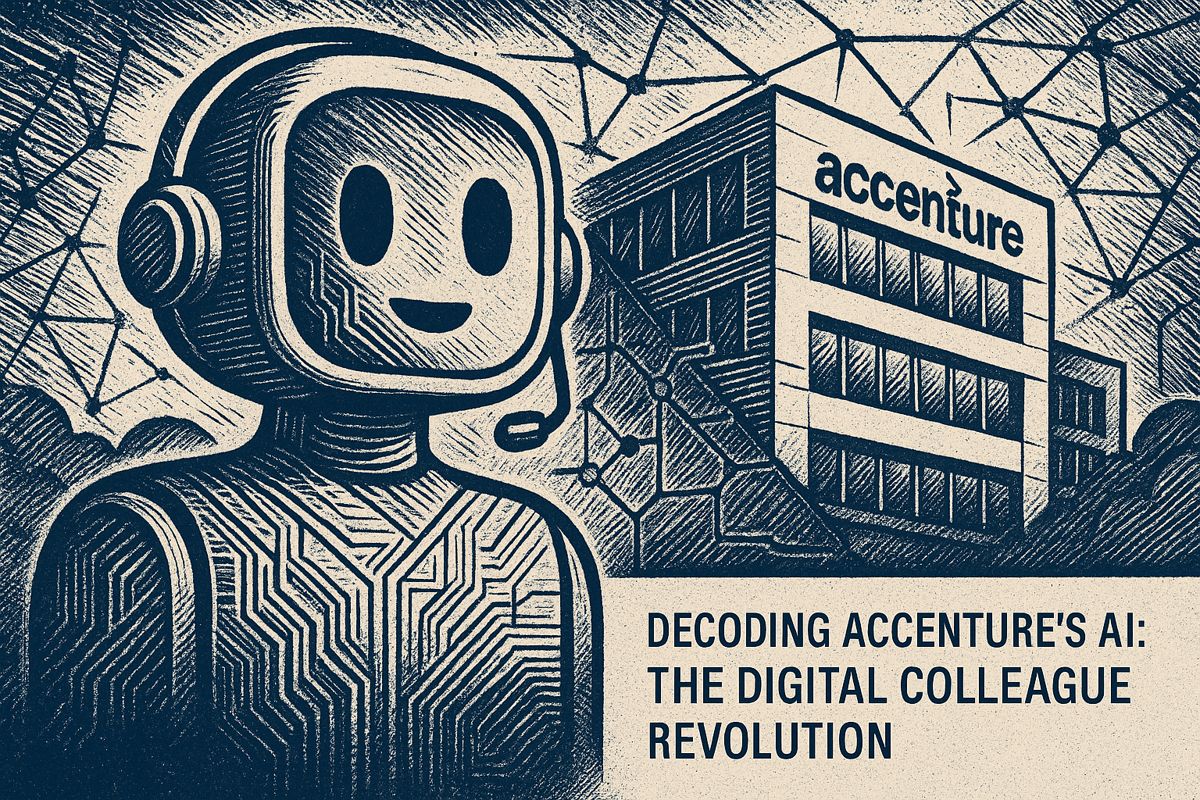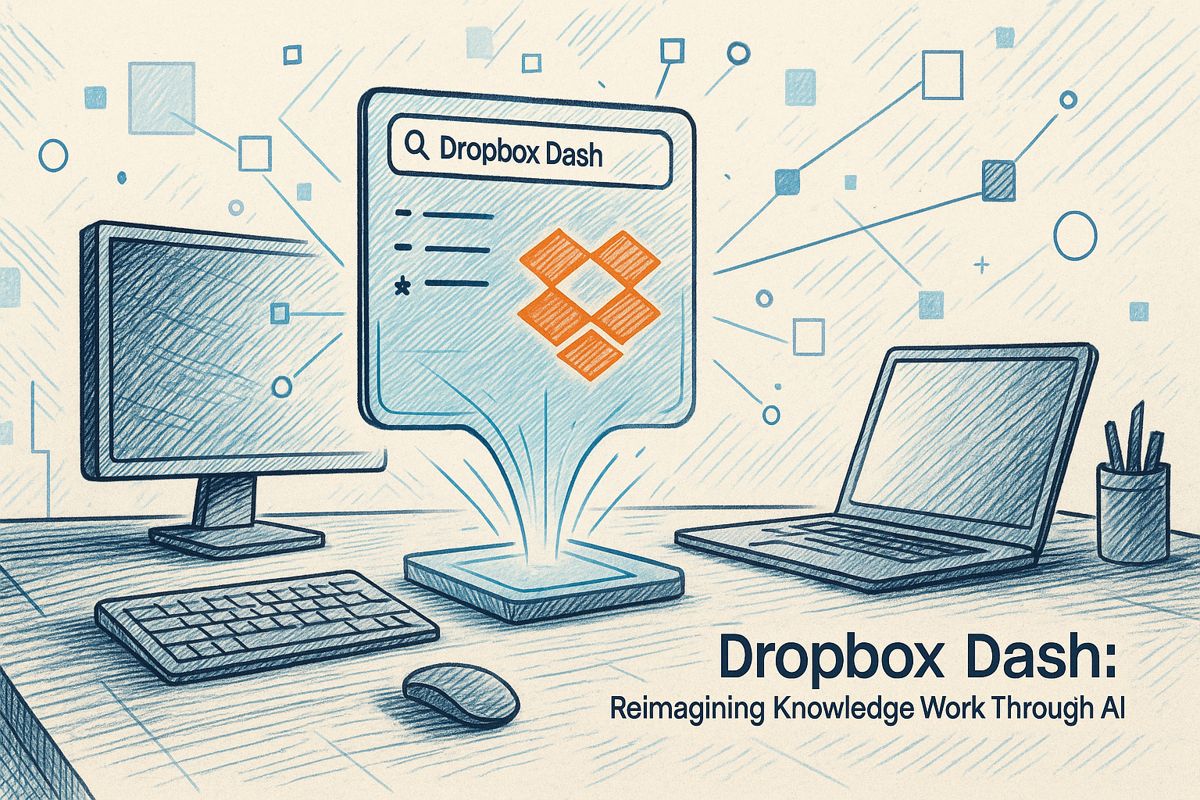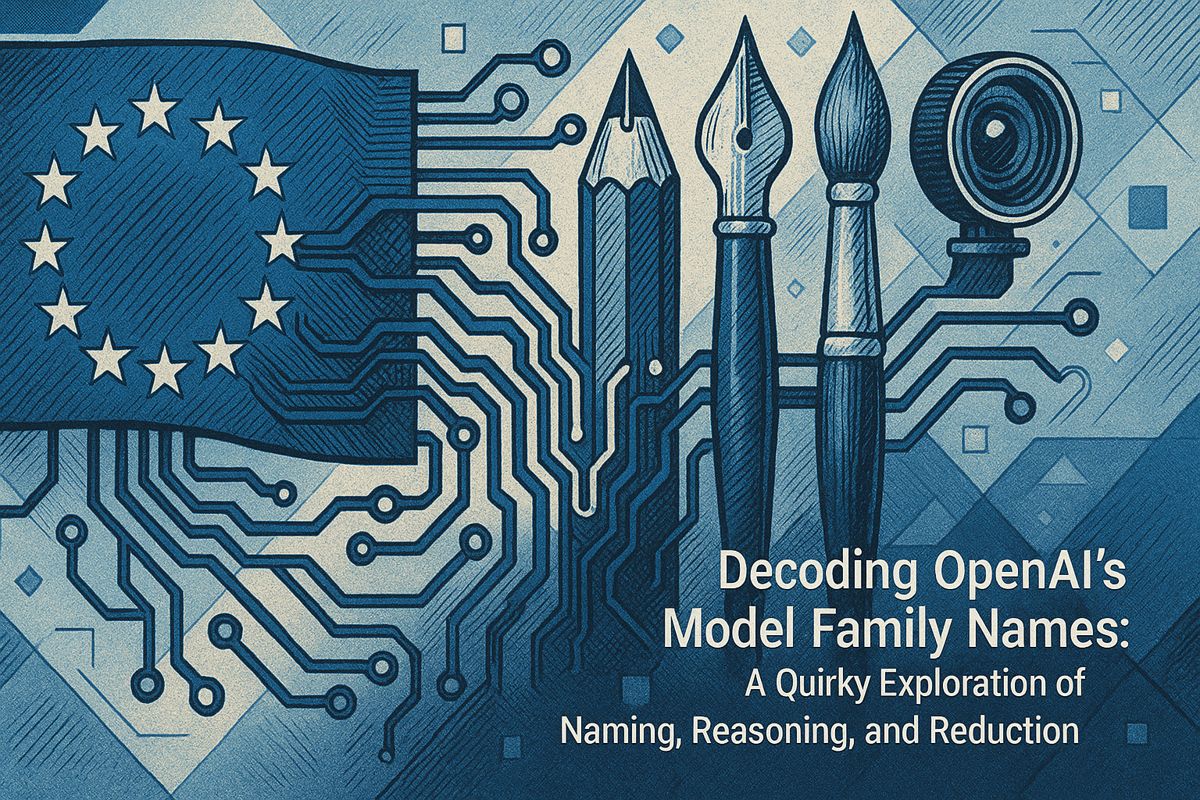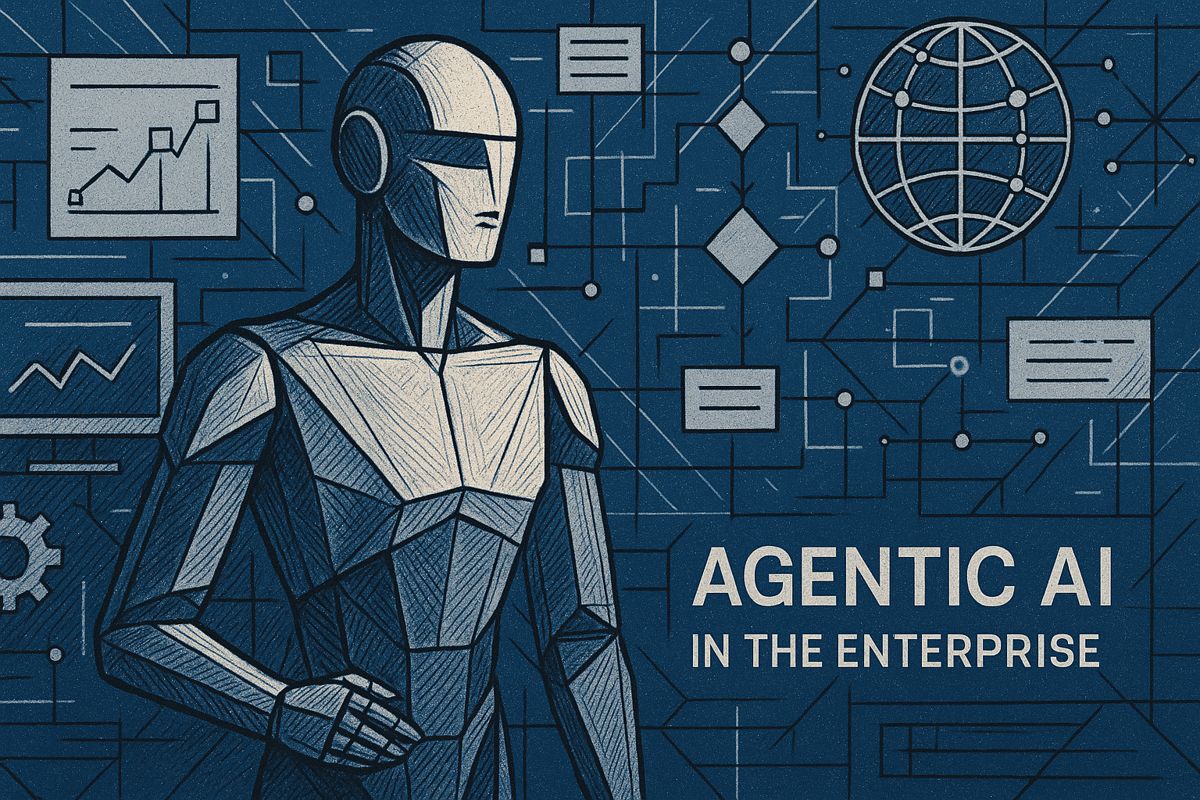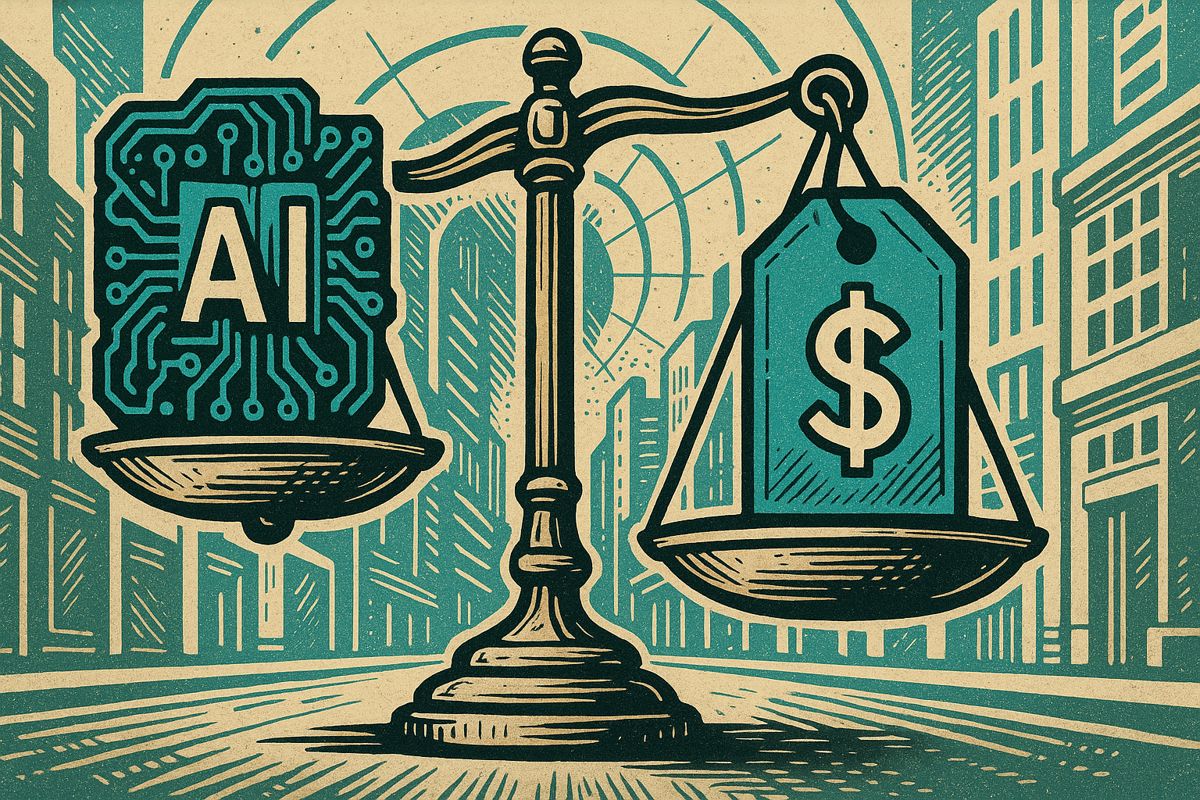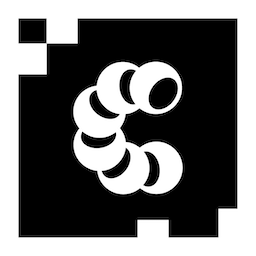Accenture created a super-smart AI chatbot that answers employee questions lightning-fast, cutting down onboarding queries by 40%. This digital colleague learns constantly and provides accurate responses across their global workforce. The chatbot builds trust by showing its work and tracing every answer to its source. By handling routine tasks, the AI frees employees to focus on more creative and strategic work. It’s transforming workplace information management into a personal and efficient experience.
What Makes Accenture’s AI Chatbot Unique in the Workplace?
Accenture’s home-grown AI chatbot is revolutionizing workplace interactions by reducing onboarding questions by 40%, providing instant, accurate responses, and creating a dynamic, learning digital colleague that transforms employee support and organizational knowledge management.
Everyday Encounters in the New AI Workplace
Let’s start with an image: You’re standing in Accenture’s sprawling digital lobby (well, metaphorically), iced coffee in hand, as your new-hire nerves spark like static. The old way? You’d send a ticket into the helpdesk void and hope for a response before your coffee cooled. Now, you get a different kind of welcome—Accenture’s internal AI chatbot, humming away in the background, ready to decode HR arcana, policy minutiae, or technical puzzles with an alacrity bordering on the uncanny.
The numbers are more than corporate chest-beating: during initial pilots, onboarding questions dropped by 40%. Four. Zero. That’s not just a blip on a PowerPoint slide; it’s a seismic shift in the rhythm of work for a company with over 700,000 employees scattered from Singapore to São Paulo. Frankly, when I first read that, my eyebrows tried to meet my hairline. Could a chatbot really shoulder that much of the onboarding burden? I had to stop and ask myself—was this the moment when bots grew up, or just a case of digital smoke and mirrors?
A colleague once described the bot’s interface as “like talking to a slightly over-caffeinated librarian with an answer for everything, except maybe the lunch menu.” There’s a texture to that interaction—crisp, almost like the pop of bubble wrap under your fingers. Early skepticism melted fast when employees found the bot could field nuanced questions, not just spit out canned FAQ responses. At least, that’s what I observed when I tried to trip it up with a convoluted query about remote work allowances on a wet Thursday morning. It didn’t miss a beat… though it did recommend I check with my local HR, just in case.
The Digital Brain: From Helpdesk to Hyperspectral Mind
Karthik Narain, Accenture’s Group Chief Executive of Technology, didn’t mince words—he called these bots the “cognitive digital brains” of the organization. There’s an echo here of classic cybernetics, or the way Norbert Wiener might’ve described a self-correcting system, always learning, always adapting. (Did anyone else get a shiver thinking about HAL 9000? No? Just me?) The metaphor isn’t idle: this chatbot isn’t a dusty palimpsest of old documentation, but a living, hyperspectral knowledge base, quick to soak up new policies or legal updates as they’re issued.
It’s not just about speed. Accuracy, predictability, and traceability are all stitched into the bot’s algorithmic fabric—a trio reminiscent of what regulatory sticklers at ISO or the Journal of Artificial Intelligence Research keep banging on about. And sure, there’s a bit of magic in how it delivers a precise answer in less than three seconds, even as the clatter of keyboard shortcuts echoes through open-plan offices in Dublin and Delhi. Sensory detail? Imagine the soft chime as the bot pings back: “Here’s the latest travel policy for the UK region, updated June 2023.”
I’ll admit, the first time I saw it in action, I felt a twinge of envy. There was a time when knowing the back alleys of the company SharePoint gave you a certain cachet. Now, that esoteric knowledge is democratized—everyone gets to be a micro-expert with a few keystrokes. Is that progress, or just the next iteration of the eternal human-vs-machine chess match?
Trust, Transparency, and Accenture’s AI Ethos
Technological prowess—let’s be honest—isn’t enough. Accenture’s own surveys, as published in their 2025 Technology Vision report, reveal a twist worthy of a Chekhovian subplot: 69% of executives see AI as essential for reinvention, but only 13% have actually realized substantial business outcomes. The bottleneck? Trust. No surprise, perhaps, but when 77% of leaders say AI’s benefits are contingent on trustworthiness, and 81% advocate new trust strategies alongside their tech blueprints, you know we’re not just talking about ones and zeros.
The bot’s designers understood this, baking in mechanisms to ensure every answer could be traced and explained—think of it as the digital equivalent of showing your work on a tricky math problem. It’s not enough to be right; you have to prove it. My own experience? I once asked the bot for a vacation carry-over policy and double-checked its answer. It cited the exact page and revision date—bam! Instant credibility. I felt relieved, and, oddly, a little smug. Maybe that’s the scent of trust, mingled with fresh-ground coffee.
Still, I’ve made my share of mistakes. Early on, I assumed the bot was infallible. One day, it tripped over an ambiguous query about cross-border expense claims. Lesson learned: even the brightest bots are only as good as their data. Now, I ask more precise questions, and the answers rarely miss.
Continuous Learning: The Living, Breathing AI
One of the most compelling features? The AI’s continual learning loop. Unlike those static repositories that gather digital dust, this bot absorbs user feedback and adapts as policies—or user behaviors—shift. The process brings to mind the Red Queen hypothesis: you have to keep running just to stay in place. Here, though, the AI’s velocity enables a kind of forward momentum for the whole organization.
Accenture’s strategy ties in upskilling across the board. As the bot takes on routine tasks, employees are nudged (sometimes gently, sometimes with that familiar corporate “strong suggestion”) toward creative, analytical, and strategic work—think Power BI dashboards over password resets. It’s not just about efficiency; it’s about liberation. The emotional resonance? When you realize your time isn’t being siphoned away by repetitive queries, there’s a genuine sense of relief. Maybe even—dare I say it—joy.
There’s an irony, too: what could feel like technological displacement is reframed as empowerment. And yes, that’s a word consultants like to throw around—but here, it’s got teeth. Employees learn new skills, the AI gets sharper, and the machine-human symbiosis grows a little less science fiction, a little more everyday reality.
AI as Brand Ambassador: Culture in Conversation
There’s a subtle genius in how Accenture positions its chatbot—not just as a digital Swiss Army knife, but as a “personal brand ambassador.” Every interaction is an opportunity to reinforce company culture, values, and tone. Think of it as internal marketing, with the bot’s responses reflecting not only procedural correctness but a certain Accenture flavor. Somewhere between the algorithm and emoji, culture is codified and transmitted.
It’s a far cry from the sterile, bureaucratic portals of years past. Now, whether you’re logging in from a Tokyo co-working space or your own kitchen table in Toronto, the bot greets you with the same professionalism—and, dare I say, a whisper of personality. Maybe one day it’ll even recommend the right Spotify playlist for your mood. Stranger things have happened…
So, is this the dawn of a corporate utopia, a Kafkaesque bureaucracy run by bots, or something in between? I’m still pondering. But one thing’s clear: Accenture’s AI chatbot isn’t just answering questions—it’s reshaping the texture of work, one ping at a time.

